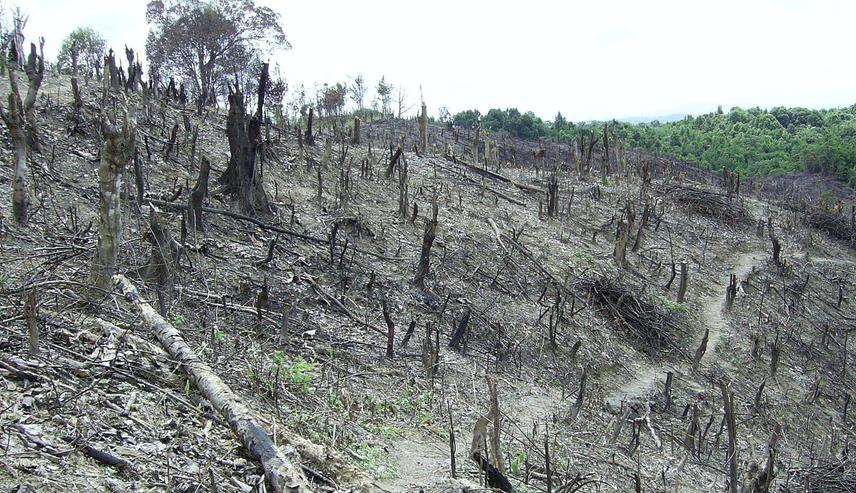Alimaturahim
Other projects
17 Jan 2005
Reducing the Poverty of Indigenous Forest People While Conserving Natural Forests
The super goal of this project is: natural forests in S.E. Sulawesi restored to their pre-1992 level or even better. The overall goal is: good forest governance around natural forests established. The project purpose is: the indigenous forest peoples’ capacity in establishing participatory forest management (PFM) increased significantly. And the results (outputs) are: (1) Project management structure in place; (2) Indigenous forest peoples’ capacity in investigating PFM increased significantly; (3) Indigenous forest peoples’ capacity in negotiating PFM increased significantly; and (4) Indigenous forest peoples’ capacity in implementing PFM increased significantly.

Remains of fire on one of natural forests in S.E. Sulawesi Province, Indonesia.
Southeast Sulawesi, Indonesia, has a land area of 3,814,000 ha of which 2,518,337 ha (66%) comprise natural forests. These, unfortunately, continue to shrink severely. Between 1992 and 2003 alone, the total deforestation was 371,385 ha. This means the average rate was over 33,762 ha per year, or 3.8 ha (larger than nine football fields!) per hour. The forests are home to approximately 300 species of globally endangered and/or endemic wildlife and plants, including the dwarf buffalos Anoa Bubalus depressicornis and quarlesi, and the rare orchid Dendrobium utile. In addition, the forests are primary sources of food, livelihoods, medicines, shelters, and also sacred places to about 800,000 forest-dependent communities including over 200,000 indigenous forest peoples of 29 different ethnic groups.
The deforestation is primarily caused by six problems, including the persistent of bad forest governance. This is marked mainly by the eviction of indigenous forest peoples (as the primary holders of the customary forest tenure and as successful forest stewards for ages) from natural forests, and subsequent alteration of forest areas into unsustainable business arenas. Due to bargaining power crisis, nothing the indigenous forest peoples can do.
Indonesia is known as the world’s third largest mega-biodiversity country primarily because it has about 104,986,000 ha of forests covering 58% of its land. This is well known to the international communities as the third largest carbon-sink in the planet. Ecologically, Indonesia’s forests are prime reservoirs of biodiversity that store 11% of the world’s plant species, 12% of mammal species, 15% of reptiles and amphibians and 17% of birds, a significant part of which are endemic and/or globally endangered. Each part of the forests supports life. The soil is full of uncounted numbers of microbes, insects, and fungi, essential to recycling organic matter, and thus to the survival of all life on earth. Larger animals live on the forest floor, and the shrub and tree canopy layers are vital to birds. The forests are also the primary sources of water, foods, medicines, timber fibres, dyes, fuels and cultural identity for millions of people living in and nearby.
Bad forest governance threatens the incredibly wealthy biodiversity to extinction. By increasing the capacity of indigenous forest peoples in establishing participatory forest management, we could eventually protect the highly valued natural ecosystem for the sake of the present and future generations.(The project's problem tree, objective tree, and logical framework are available upon request).